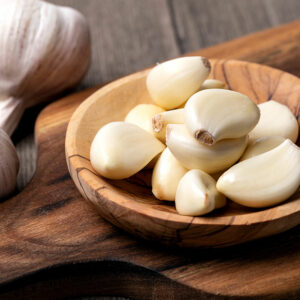
01
7 causes of involuntary hand movements
Health conditions can cause visible symptoms, one of which is involuntary hand movements. The movement, often manifesting as tics or tremors, is a result of issues affecting the nerves or muscles. It is important to get such symptoms examined by a doctor immediately, especially when one often notices involuntary movements without an apparent cause. The doctor may conduct a series of tests to determine the cause, which could be one of the following conditions: 1. Tardive dyskinesia (TD) TD is a neurological condition that develops in the brain as a side effect of prescriptions necessary to treat psychiatric disorders and nausea. The prescription treatment in question blocks the dopamine receptors in the brain. The lack of the chemical dopamine may interfere with muscle function, causing mild to severe twitching, shaking, or jerking in the hands. Studies show that about 50% of those taking such prescription options might develop TD over the course of their treatment. While the condition might last for a long period, certain management options can slow down or stop its progression. Other symptoms associated with tardive dyskinesia might include uncontrolled muscle movement in the feet, face, or torso. Additionally, one might experience involuntary blinking, tongue movements, and other unintentional, uncontrollable movements. 2. Ataxia Ataxia is a degenerative disorder that affects the brain, brainstem, or spinal cord. So, it can cause symptoms such as involuntary movements or lack of coordination in the hands, arms, or legs. These movements can be jerky. Other symptoms of ataxia include issues with walking and maintaining balance, speech and swallowing problems, and involuntary eye movements. Several issues can contribute to ataxia, like strokes, tumors, brain degeneration, multiple sclerosis, and genetic disorders. Treatments for the condition may depend on the cause. Further, one might need adaptive devices, such as canes or walkers, to maintain mobility and independence when dealing with ataxia.
Read More 










